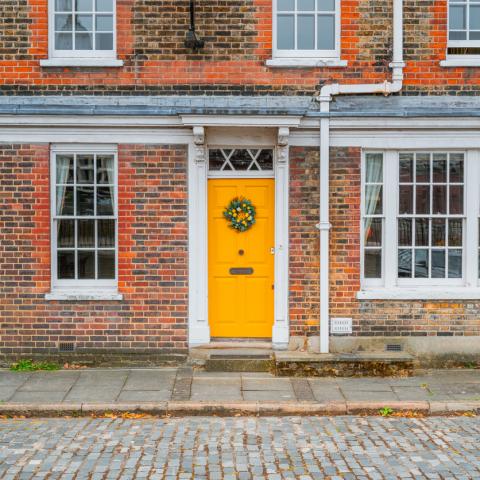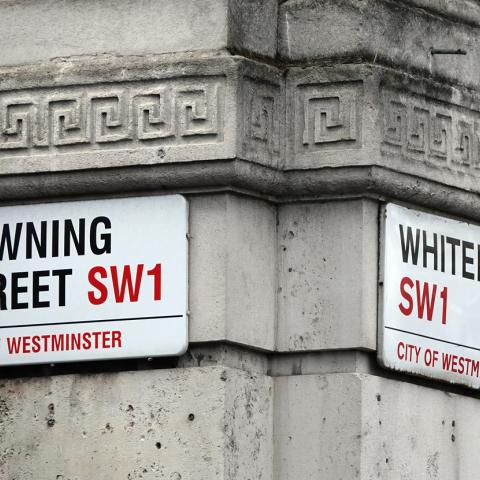From boardrooms to bass lines: Can London’s empty office blocks save London’s nightlife?

London’s nightlife was once a global benchmark for after-dark culture, but the sector suffered at the hands of the pandemic and is yet to recover – with more than 3,000 pubs, bars and nightclubs having closed since 2020.
In recent years, we’ve almost said goodbye to some of London’s most iconic venues and seen student-focused chains such as Pryzm downsize dramatically, so it’s no surprise.
The Night Time Industries Association (NTIA) has warned that without intervention the UK’s nightlife sector could face extinction by 2029.
However, its decline predates Covid-19, with Sadiq Khan appointing a dedicated Night Czar – Amy Lamé - back in 2016 to help bring his vision of making London a true 24-hour city to life. Earlier this year (following Lamé’s departure from the role in late 2024) a temporary Nightlife Taskforce was launched to explore challenges and opportunities in London’s nighttime economy and is soon expected to share the results of a six-month consultation period.
Amid shifting social habits, a generational decline in drinking, rising rents and soaring energy costs, the question is what – if anything – is going to wake up London’s nightlife. Helping us with a creative (and as always, a rather eccentric and off-the-wall) solution is Bompas & Parr, in its new Future of Leisure report, which proposes repurposing empty office blocks in financial districts like the City and Canary Wharf into late-night cultural hubs and immersive nightlife venues.
Converting office blocks isn’t a new suggestion – their conversion into residential has long been tossed around as an idea to help address the housing crisis – but the idea of turning hot desks into DJ decks and boardrooms to bars is a new one.
While we should probably take their ideas as somewhat tongue in cheek, Bompas & Parr does highlight a wider need for more adaptability (and creativity) to salvage what’s left of London’s nightlife.
Although landlords are becoming more open to alternative uses for commercial spaces, there’s still work to be done to incentivise them, for example through zoning reforms and tax breaks. Recognising clubs and bars as cultural infrastructure, more like theatres or museums, could also open doors to more public funding and policy support.
That said, it isn’t just landlords that need to be incentivised – it’s consumers, too. Venues need to align with modern consumer values and interests, be it wellness-oriented events, eco-conscious activities or via digital engagement. Plus, let’s not forget it was the over 50’s that pioneered ‘club culture’ in the first place, so they shouldn’t be overlooked as a key demographic.
London’s nightlife might be down, but it certainly isn’t out. With some fresh thinking, and a bit of collaboration and creativity, the capital could soon be on its way back to its rightful place at the forefront of the nightlife scene.








